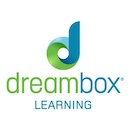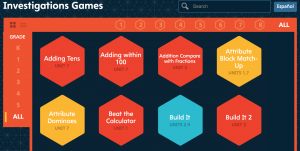Instructional Services
- Instruction Department
- Enroll Your Student
- Student Rights & Responsibilities
- Standards & Curriculum
- Assessment Overview
- Elementary Education
- Secondary Education
- Student Services
- Career and Technical Education (CTE)
- Talented & Gifted Education (TAG)
- English Language Development (ELD)
- Integrated Guidance
- Title & Federal Programs
- Grants, Programs & Proposals
- Instructional Technology
- Staff List
200 North Monroe St., Eugene, Oregon • 541-790-7700
- Home
- District »
- Schools »
- Elementary Schools »
- Adams Elementary School
- Awbrey Park Elementary School
- Buena Vista Spanish Immersion Elementary School
- Camas Ridge Elementary School
- Charlemagne French Immersion Elementary School
- Chávez Elementary School
- Chinese Immersion School
- Edgewood Elementary School
- Edison Elementary School
- Family School
- Gilham Elementary School
- Holt Elementary School
- Howard Elementary School
- McCornack Elementary School
- River Road/Camino del Río Elementary School
- Spring Creek Elementary School
- Twin Oaks Elementary School
- Willagillespie Elementary School
- Yujin Gakuen Japanese Immersion Elementary School
- Middle Schools »
- High Schools »
- Eugene Online Academy
- List of All 4J Schools
- School Choice
- Elementary Schools »
- Parents »
- Students »
- Staff »
- Hot Topics »
- Mental Health
- Title IX
- I Want to…
- Apply for 4J Jobs
- Get Mental Health Help »
- See the School Calendar
- See the School Schedule
- Enroll My Student
- Request a School Transfer
- Find My Bus Stop
- Get School Meals
- Get Tech Help
- Find a Staff Member
- Contact a School or Department
- Attend a Board Meeting
- Rent a School Facility
- Volunteer in a 4J School
- File a complaint/hacer una queja
- Report a Concern: SafeOregon
Upcoming Events
May 29 No School — Memorial Day Jun 6 12:30 pm 1:30 pm Mental Health Board Subcommittee Meeting - Auditorium or Zoom info below Jun 7 7:00 pm 9:00 pm 7:00 p.m. Regular Board Meeting Jun 9 Elementary Only: No School — Grading Day Jun 9 Last Day for Seniors
© 2004 - 2023 Eugene School District 4J • 200 North Monroe St., Eugene, Oregon 97402
Phone: 541-790-7700 • Fax: 541-790-7711 • Contact Us
Nondiscrimination • Web Accessibility • Complaints
Log in
Phone: 541-790-7700 • Fax: 541-790-7711 • Contact Us
Nondiscrimination • Web Accessibility • Complaints
Log in


